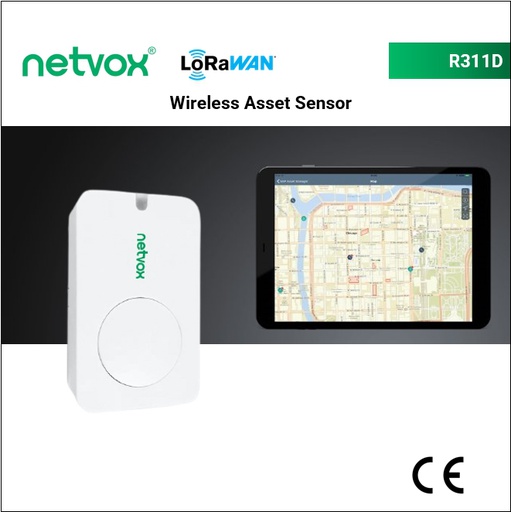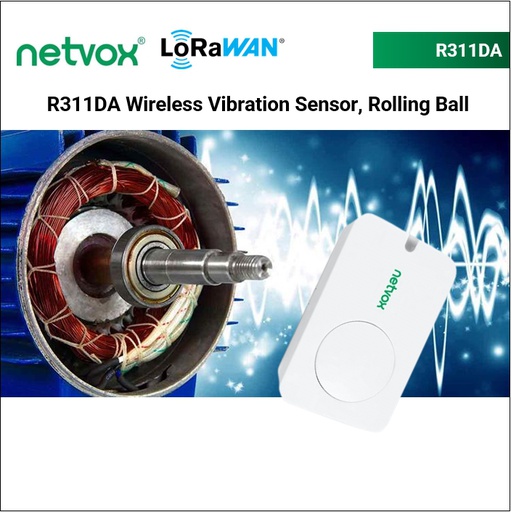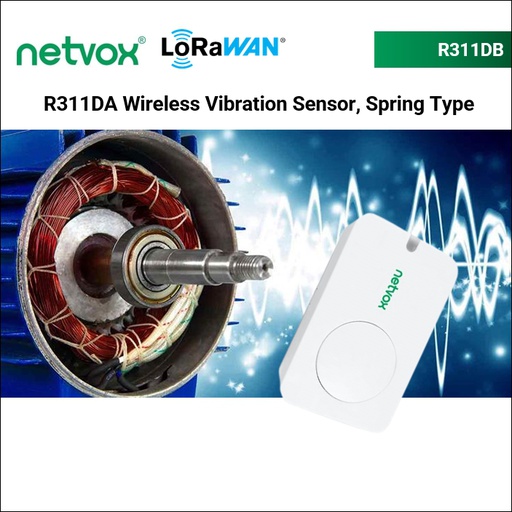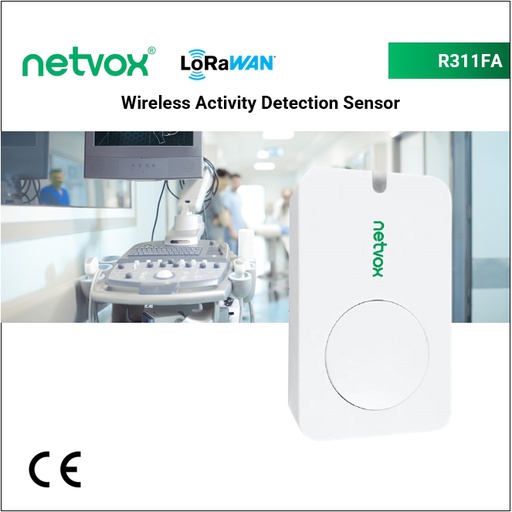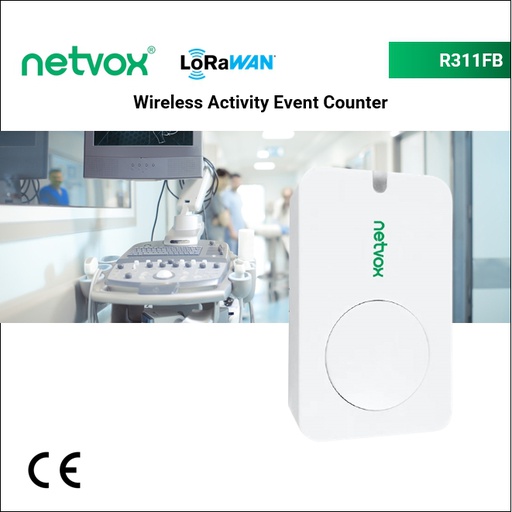The Manufacturing Vision Study 2017 reports that 62% of manufacturers worldwide still use spreadsheet-based methods to track their assets. However, by 2022 this figure is expected to drop to 20% due to the further development of smart asset tracking solutions. By providing valuable information about assets’ statuses, locations, and flows, they remove the tracking burden from employees and eliminate errors bound to the manual methods of data input.
In this article, we will share our IoT development experience and dwell on the technologies that help to achieve a remarkably higher level of asset tracking visibility and automation.
![]()
Why do enterprises need a smart approach to asset tracking?
Before we dive into what a smart approach to asset tracking implies, we have to understand what level of visibility and automation the majority of enterprises currently possess. Let’s look at an example.
A construction company owns hundreds of durables ranging from cement mixers to backhoe loaders. These durables move from a central warehouse to, say, fifty construction sites a year. The company needs to track what construction site each durable is located at, how it is utilized, who operates it, etc. For that, the employees take notes about the activities performed with the assets on a notepad and then enter the data into a spreadsheet.
Considering the number of the durable assets, construction sites, and operations performed on each machine, imagine how much time the company loses on tracking (not to mention the fact that about 88% of spreadsheets contain errors).
To automate asset tracking & inventory management, free up hours of employees’ working time and bring the possibility of human error down to a minimum, manufacturers start to leverage technology-driven asset tracking solutions.
Technologies behind smart asset tracking solutions
Enterprises turn to IoT services to implement asset-tracking solutions, as Industrial IoT and RFID are the main players on the field of smart asset management. Here is a quick intro into each:
RFID
RFID systems consist of three components: RFID tags, RFID antennas, and RFID readers.

RFID tags
An RFID tag can be attached to any physical surface – from raw materials and components to handheld tools and large movable equipment. Each tag has an ID, carrying the data about an object the tag is attached to. For the industrial purposes, mainly passive tags are used, i.e., those without their own power supply. Such tags are quite cheap, but they need to be powered by the reader to be able to transmit data.
RFID antennas
An RFID antenna catches radio waves from the reader to ‘feed’ the tags with the energy required for operations and relays the radio signal emitted by the tags back to the readers.
RFID readers
RFID readers – be they handheld or fixed – use radio waves to write to and read from the tags. They can simultaneously read from the number of tags over distance. A reader catches the tags’ IDs and transmits them, as well as the data about the reader’s location and the time of the reading, to the cloud for storing and processing.
IIoT
Put in a nutshell, Industrial IoT turns the data fetched by RFID readers into meaningful insights about assets’ location, statuses, movements, etc., and gives a corresponding output to the users of asset tracking software.
For example, an IIoT solution can recommend an optimal maintenance date for a piece of durable equipment, as well as estimate the associated cost of labor and parts. For that, an IIoT solution combines the data about how frequently each piece of durable equipment has being worked on with the data about maintenance performed on the asset and applies analytics tools to the whole data set.
The output that an Industrial IoT solution provides can have various forms. For instance, it can notify users in case a durable asset or an inventory item is missing, automatically schedule maintenance if a piece of durable equipment is not used at its full capacity, etc.
Additionally, IIoT solutions can be integrated with third-party systems, like ERP. The data can be shared in both directions to provide greater visibility across the enterprise. For instance, an IoT-based asset tracking solution can provide the data on assets to the accounting department to avoid overpaying taxes and insurance on items that have been lost or disposed of, access the maintenance department’s data about maintenance schedules, etc.
Smart asset management based on IoT and RFID
Let’s get back to the construction asset monitoring example and see what it would look like if the construction company started to use IIoT for asset managment.
In such case, smart asset tracking can be applied to track both lightweight tools and heavy machinery. For that, each movable asset – be it a drill or a bulldozer – gets a passive RFID tag. Each tag has an ID that carries encoded data about the asset it is attached to, e.g., its description, manufacturer, cost, condition, model, serial number, an assigned employee, location, etc.
This data is saved to a big data warehouse – an in-cloud data storage – upon authorizing a tag. To authorize the tag, an equipment storage yard worker scans it with a handheld RFID reader and enters the asset data via an asset tracking app. The asset tracking app forwards the data to the big data warehouse, where the data record is stored with an “authorized” label. Once the tag is authorized, the asset tracking software receives a command to track the tag.

To enable tracking, fixed RFID readers are installed to scan the tags at the checkout area of a tool zone, at the exits of equipment storage yards, at the entrances of construction sites, and other key points.
When passively tagged movable assets leave a tool zone or an equipment storage yard, the RFID reader scans tags’ IDs at the exit and relays them to the cloud. The cloud aggregates the data from multiple readers, runs it through analytics algorithms, and identifies that the movables with the corresponding IDs have left the tool zone or the equipment storage yard. Cloud software updates the data about the corresponding items in the big data warehouse and displays the updates to the users.
As the movable equipment enters the construction site, the RFID readers installed at the entrances, capture tags’ IDs and relay them to the cloud to check if all the machines and tools have arrived at the construction site.
Moreover, thanks to having several high frequency RFID readers deployed at the key points of the construction site, the asset tracking solution provides the employees with real-time data about the movements of durables, as well as their statuses. If a piece of movable equipment leaves the assigned area, is used outside of operating hours or by an unauthorized person, the asset tracking solution sends a notification to an inventory specialist.

In addition to that, employees operating the movables can wear an active RFID tag, which constantly transmits data without being powered by the reader. This is done to prevent unauthorized access to particular machines and also track movable equipment by monitoring the location of the employee a piece of equipment is operated by throughout the workday.
As a result, the procurement manager gets a clear picture of where the assets are located, who uses them and for how long.
The benefits of asset tracking based on IIoT and RFID
IoT-driven asset tracking and inventory management lay a solid foundation for industrial process improvements and enhance the way business works. Here are just a few benefits that allow enterprises to operate more smoothly:
- Automation of asset tracking and reporting. Passively tagged, the assets are scanned automatically as they move through key points within or between facilities. It frees up employees’ working time and allows them to focus on the areas that actually make a difference to the bottom line.
- Constant visibility into the statuses and movements of the assets. IoT-driven asset tracking software gives precise visibility into the flow of raw materials, components, work-in-progress, finished goods, and durable assets so that users see when a particular item enters or leaves a particular area.
- Optimization of movable equipment utilization. With RFID tags attached to the movable equipment, employees get the data about how frequently and for how long each piece of movable equipment is used. They can calculate the utilization of movable equipment pieces and take measures to reduce idle time and optimize utilization.
- Inventory optimization. Knowing the amount of inventory and its location, inventory managers can tune inventory management processes to maintain as low inventory levels as possible, while fulfilling the customers’ demand at the end of the supply chain.
- Finding bottlenecks in the manufacturing processes. Leveraging the data from the tags, manufacturers can pinpoint idling, misused or underused machines and take corrective actions. For instance, with the reports on the number and the location of individual inventory items, workers can see that a part of inventory piles up in front of a machine, assume the machine does not function at its full capacity and schedule maintenance.
Challenges and limitations
Rolling out an asset tracking solution is more than deploying tags and readers and making them communicate with the cloud. The implementation of the asset tracking solutions based on RFID and IIoT may be hindered by the following challenges:
- Attaching a tag to a blank, for instance, manufacturers have to consider all the operations the part will undergo, so that the tag does not interfere with the operations.
- RFID readers may have troubles scanning through metal and liquids. To avoid it, manufacturers need to collaborate with a vendor to select the right tag type for the items to be tracked.
- Prices for RFID tags range from 5 cents to $10 per item. The price of RFID readers (together with installation and configuration) can go to as much as $3,000 to $20,000 depending on the reader type. Therefore, the cost of the products should be high enough for the tags and readers to pay off.
Let’s brush it up
IoT-based asset tracking solutions help to track the location, usage hours, statuses, movements, and other important information about individual inventory items and durable assets. Thus, they contribute to the higher utilization rate of the durable equipment, reduced search time and lower replacement costs.
